Minimal Compute Shader Examples
Minimal test scenes contains compute shaders, compute buffers etc Playing with the transport between CPU <-> GPU
Unity version : 2022.1+, contains both BuiltinRP and Universal RP (URP) scenes
See branches for older Unity versions
Tested with : Win DX11
| Scene | Image | Description |
|---|---|---|
ComputeUAVTexture |
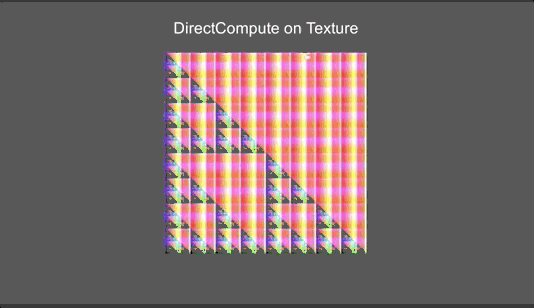 |
The most basic one, edit texture with compute shader |
AsyncGPUReadbackTex |
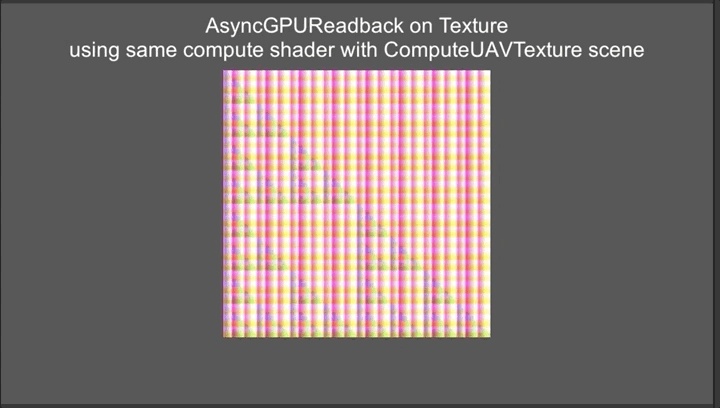 |
Similar to ComputeUAVTexture, but use AsyncGPUReadback to get texture data back to CPU |
ComputeUAVTexFlow |
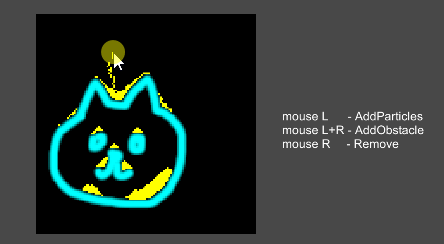 |
Example of using compute to animate texture pixels |
ComputePaintTexture |
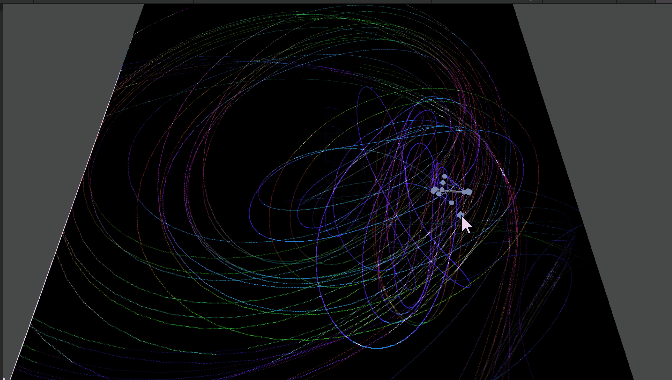 |
Paint the texture by sending object positions to compute shader |
ComputePaintTexture_DFT |
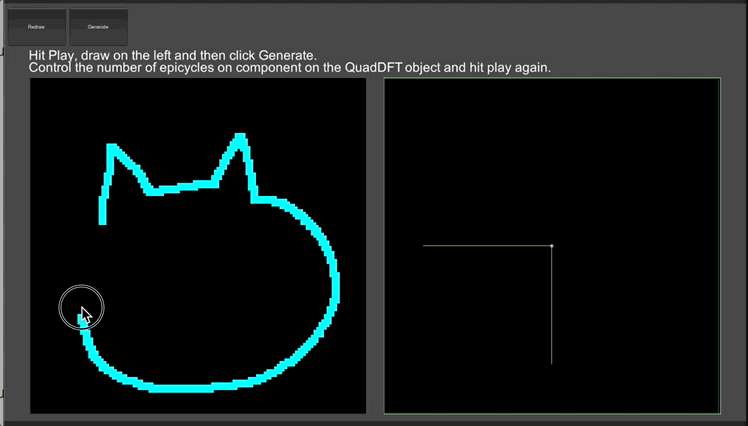 |
Similar to above but drawing with Epicycles using Discrete Fourier Transform. Ref to The Coding Train's youtube video |
StructuredBufferWithCompute |
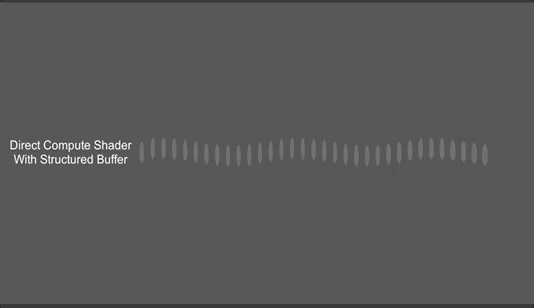 |
Another basic one, use compute to calculate some data and send back to CPU |
AsyncGPUReadback |
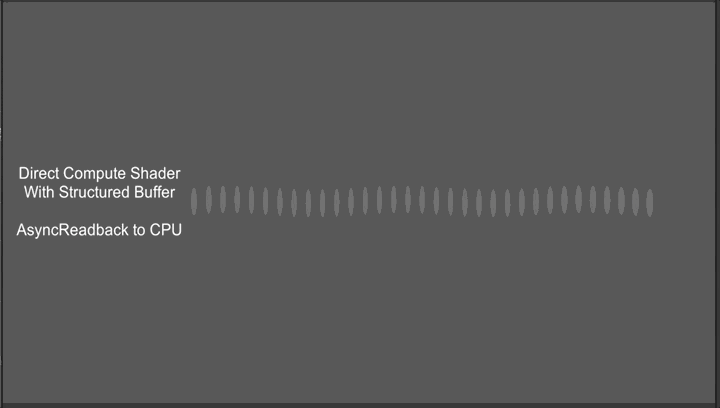 |
Similar to StructuredBufferWithCompute, but use AsyncGPUReadback to get array data back to CPU |
StructuredBufferNoCompute |
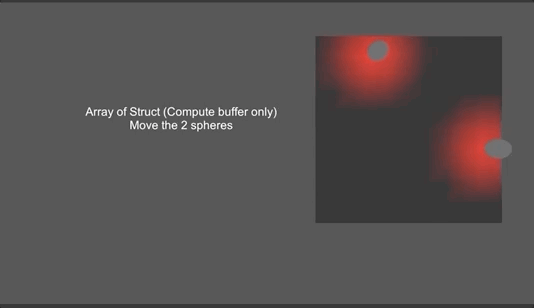 |
ComputeBuffer doesn't always need to stick with ComputeShader |
IndirectCompute |
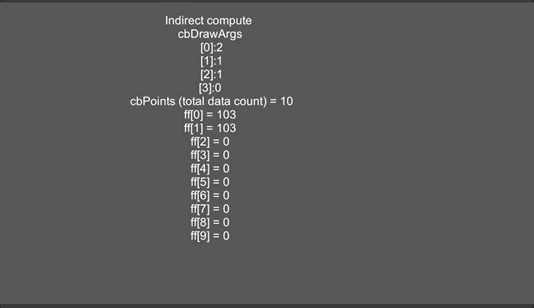 |
Simple indirect compute (indirect dispatch) and CopyCount |
IndirectReflectedStar |
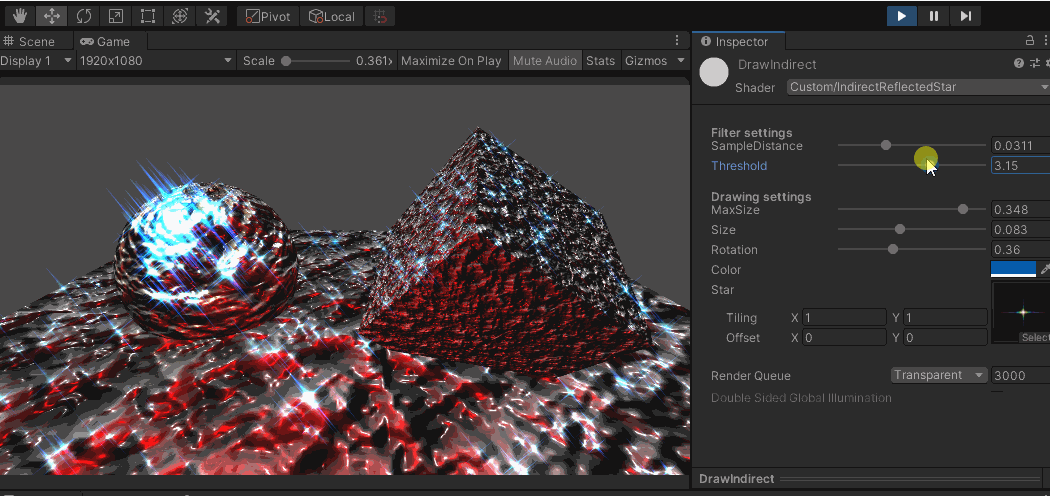 |
Draw stars on the screen only if the pixels are bright enough |
ComputeSketch |
Draw quads on the screen with color filled by compute shader | |
ComputeParticlesDirect |
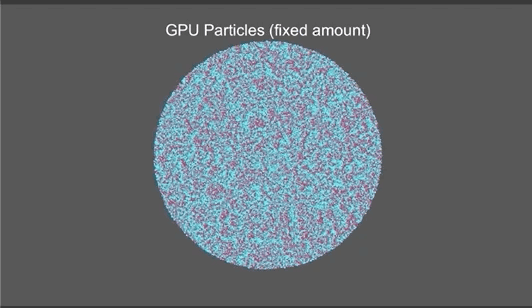 |
GPU Particle, drawing fixed no. of particles |
ComputeParticlesIndirect |
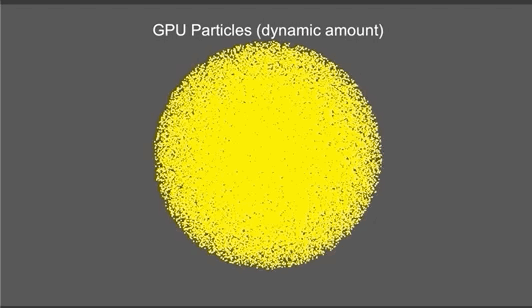 |
GPU Particle, drawing dynamic no. of particles, no need to read back to CPU! |
ComputeVertex |
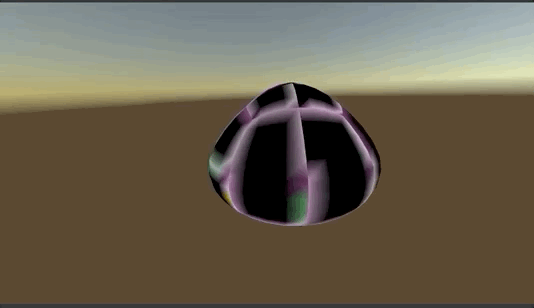 |
Replace vertex buffer with StructuredBuffer and drive vertex displacement by compute |
SkinnedMeshBuffer |
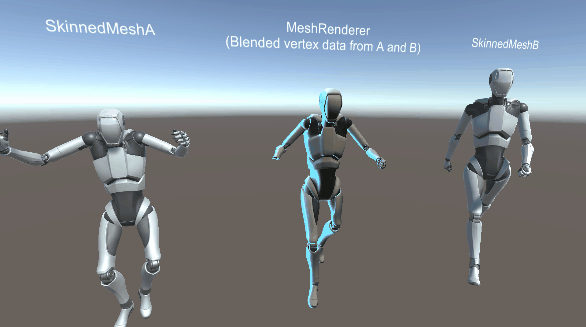 |
Blend the vertex data from 2 SkinnedMeshRenderer vertex buffer and render it with MeshRenderer |
SkinnedMeshBuffer_DiffMesh |
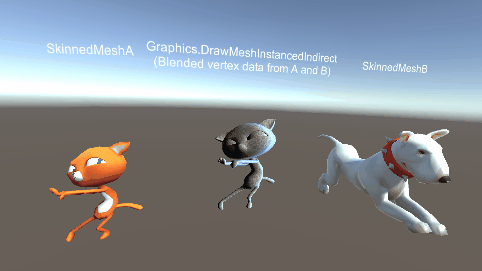 |
Similar to above but blending 2 different SkinnedMeshes. The blended triangles are drawn with DrawMeshInstancedIndirect() |
ComputeVertexLit |
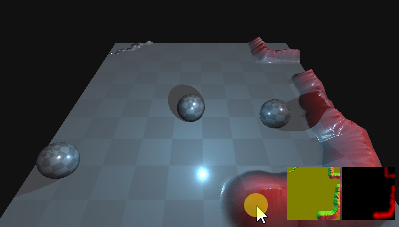 |
A usecase of ComputeVertex so that different shader passes share same vertex data |
UAVInShader |
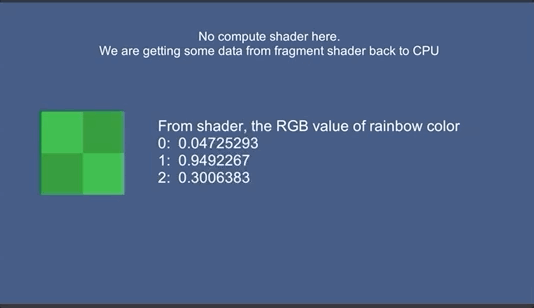 |
Read some data back to CPU from fragment shader |
AsyncGPUReadbackMesh |
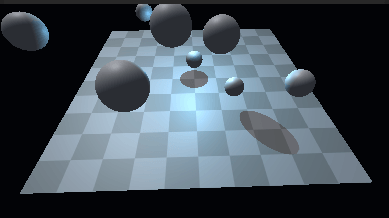 |
It is much faster to update mesh vertices with compute + AsyncGPUReadback to get the vertex data back to CPU for physics |
Disclaimer: The stuff here might not be the best practice / optimized :'(. But at least they works. Play them for fun.